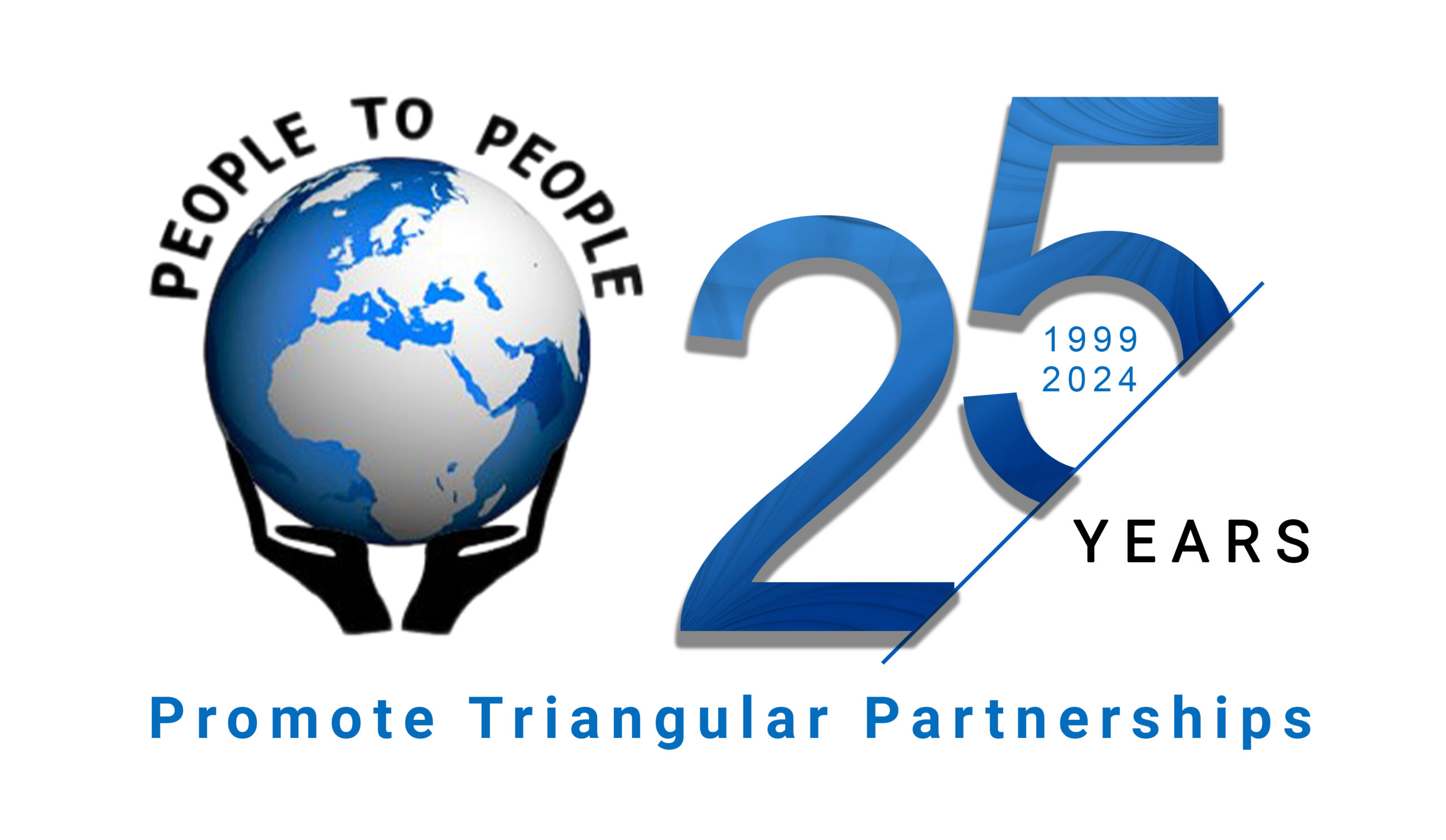Anteneh Habte, MD
Virginia, USA
The history of pain and suffering is as old as mankind itself. Prior to the advent of antibiotics in the early 20th century, most illnesses were invariably brief and fatal and the focus of medical care was primarily symptom relief. The epidemiological transition to a gradual and prolonged decline with a high symptom burden is a relatively recent phenomenon.
The concept of hospice care dates back to the time of the pilgrims when travelers were provided a place to rest during their long journey. It was only towards the end of the 19th century that hospice started becoming associated with terminal illness. The centers were for the most part run by community volunteers and civic organizations, and hardly interfaced with the health care structure. More recently, they were used as an alternative care setting by patients who were disillusioned by what modern medicine had to offer, or felt abandoned by their professional care providers.
In most of the resource-limited countries, particularly sub-Saharan Africa, hospice had been the only available option for HIV/AIDS care before the era of anti-retroviral drugs. Likewise, the hospice movement in Ethiopia started more as a response to the health system’s inadequacy to respond to the HIV/AIDS epidemic, than a desire to provide an alternative care setting. A strong social fabric and communal responsibility for the sick has always been a basic tenet for Ethiopians and these elements bode well with modern hospice and palliative medicine.
As one of the oldest nations in the world, Ethiopia has a rich history of traditional medicine and indigenous practices. The rich heritage is holistic in nature and addresses not only a patient’s physical ailment, but also the psycho-social dimensions. This approach seamlessly integrates the physical and spiritual with traditional remedies and religious rituals, and is particularly relevant to palliative care where the emphasis is addressing “total pain” of patients and their families.
Palliative medicine is a relatively new discipline that has emerged in the western world and developed nations as a response to the challenges of cancer and other chronic life-threatening illnesses such as advanced cardiac, pulmonary and neurologic disorders. Dr. Cicely Saunders widely recognized as the founder of the modern hospice movement, opened the first team-based facility in the United Kingdom in 1967. The integrated model of this discipline allows patients and physicians to navigate through the disease trajectory with appropriate adjustment of treatment goals as disease progresses and function declines.
Over the last decade, Ethiopia has made significant strides towards integrating hospice and palliative medicine with the existing health care structure. A guideline for the standardization and implementation of palliative care has been established and morphine is now being locally constituted. Governmental entities, health care institutions, and civic advocacy groups have been raising public awareness and trying to dispel the stigma associated with hospice care. Opportunities for training, both pre-service and in-service, are expanding and physicians are increasingly recognizing their role in the continuum of care of their patients with advanced life-threatening illnesses.
More recently, some health care institutions in Ethiopia have been able to meet the minimum World Health Organization (WHO) criteria for comprehensive hospice and palliative care services. This requires providing inter-disciplinary care which incorporates core members to address all the domains of suffering faced by patients with life-threatening illnesses and their families. Notable examples are the Hospice Ethiopia Organization and the Family Medicine Department of Tikur Anbessa Hospital. Laudable efforts have been underway to incorporate palliative care into the pre-service curriculum and expand the availability and accessibility of opioids. The reach of these important services is being extended by empowering allied health personnel (task shifting), and strengthening associations and organizations that champion quality inter-disciplinary care through the disease continuum. The training and deployment of thousands of Health Extension Workers (HEW) to provide preventive and curative services has helped alleviate challenges of access to care in remote parts of the country.
Much remains to be done to ensure quality end-of-life care to Ethiopia’s rapidly growing population. The extremely high rate of uncontrolled pain reported in some studies is a reminder that all health care professionals should have basic training and knowledge in symptom management. Strong opioids, especially morphine, are the mainstay of treatment for pain related to advanced and progressive diseases. Ethiopia’s extremely low per capita use of opioids, 1.5mg of morphine equivalent, (2015 data from the International Narcotics Board) is indicative of inadequate pain management at the end of life. The rampant world-wide epidemic of opioid abuse notwithstanding, responsible and targeted use of these important medications is both possible and necessary.
Ethiopia’s history and culture are uniquely conducive for such a “high touch, low tech” specialty as hospice and palliative medicine. Providing holistic and comprehensive inter-disciplinary care to those with life-threatening illness is not just good medicine, it is both ethical and humane.
Suggested Reading
- Mamo Y, Habte A: The History and Current Status of Hospice and Palliative Care; In Essentials of Palliative Medicine and Hospice Care; Temesgen Z (editor); Mayo Clinic eCurriculum Series, 2014
- Kassaye KD, Amberbir A, Getachew B, Mussema,Y: (2006). A historical overview of traditional medicine practices and policy in Ethiopia. Ethiopian Journal of Health Development, 20, 127-134.
- World Health Organization (2005): A Community Health Approach to Palliative Care for HIV/AIDS and Cancer Patients in Sub-Saharan Africa – Ethiopia Country Report.
- Hunt J: Rapid assessment of Palliative care provision in Ethiopia. African Palliative Care Association (APCA), Funded by True Colors Trust 19th – 28th January 2008, Addis Ababa, Ethiopia.
- Anderson Reid E, Gudina EK, Ayers N, Tigineh W, Azmera YM: Caring for Life-Limiting Illness in Ethiopia: A Mixed-Methods Assessment of Outpatient Palliative Care Needs. Journal of Palliative Medicine, 2018, Volume 21, Number 5. Published online 1 May 2018 https://doi.org/10.1089/jpm.2017.0419 (last accessed 12/10/18).

